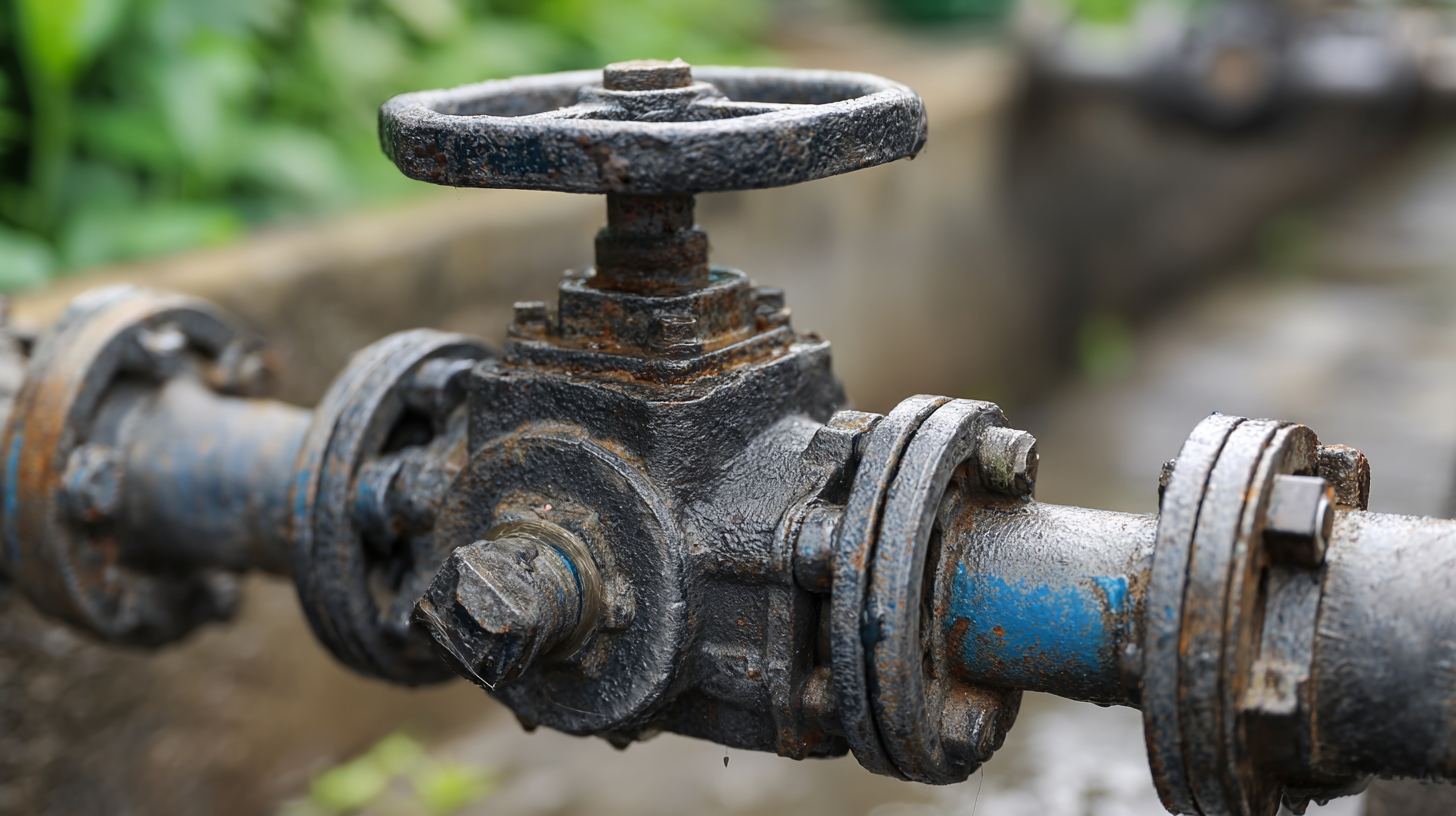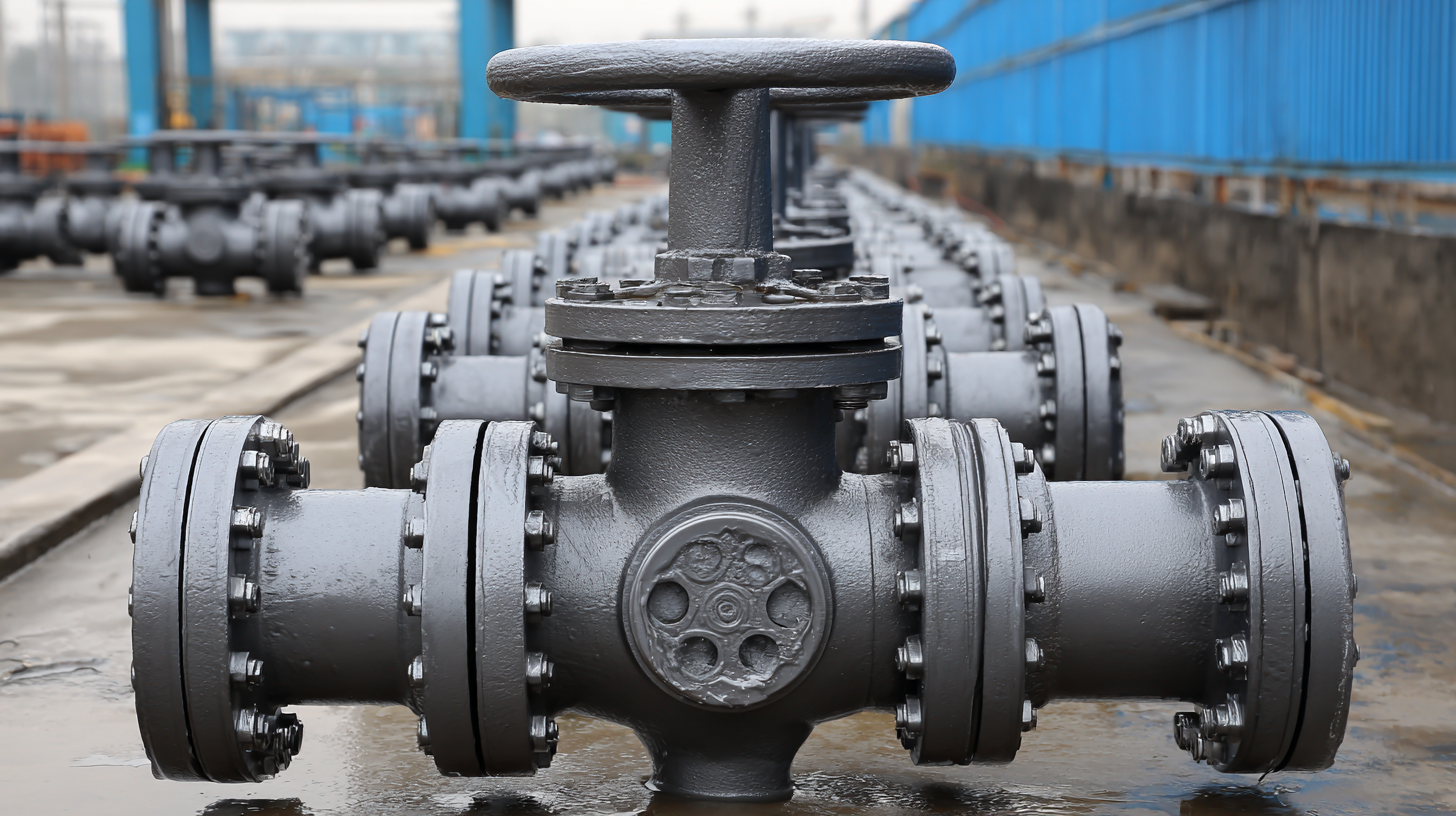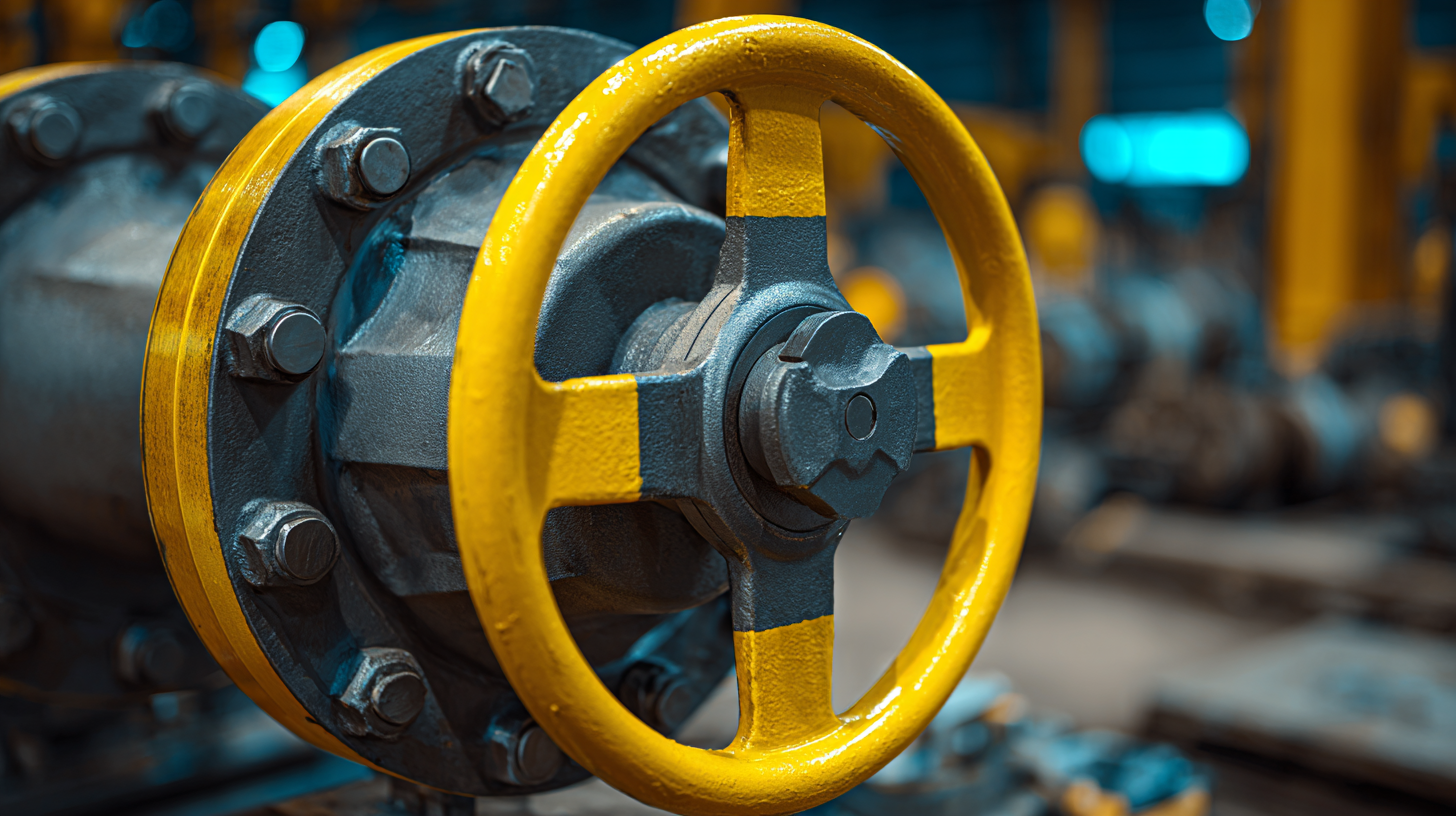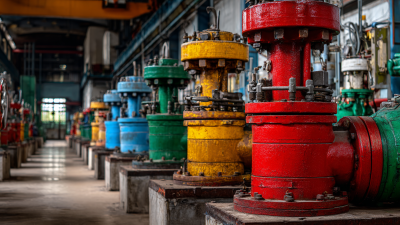5 Essential Tips for Choosing the Right Cast Iron Butterfly Valve
When it comes to selecting the right cast iron butterfly valve for your plumbing or industrial applications, making an informed decision can greatly impact the efficiency and reliability of your system. The cast iron butterfly valve is a crucial component designed to control fluid flow, and its performance is heavily dependent on various factors, including material quality, size, and design. As you navigate through the myriad of options available in the market, it's essential to keep certain key considerations in mind. In this blog post, we will present five essential tips that will guide you in choosing the perfect cast iron butterfly valve. From understanding your specific needs to evaluating the valve's specifications, these insights will help ensure that your chosen valve not only meets your operational requirements but also stands the test of time.

Understanding the Basics of Cast Iron Butterfly Valves for Informed Choices
When it comes to selecting a cast iron butterfly valve, understanding the basics is crucial. Cast iron butterfly valves are widely used in various industries due to their durability and ease of operation. They feature a circular disc that pivots to control the flow of fluid in pipelines. It's essential to know the working principle of these valves to make informed decisions. The design allows for rapid opening and closing, making them ideal for applications where efficient flow regulation is needed.
Another important aspect to consider is the specific application environment. Different types of cast iron butterfly valves are designed to withstand various pressure and temperature conditions. Knowing the working conditions will help you choose a valve that can handle your requirements without compromising performance. Additionally, consider the valve’s seat material, as it plays a significant role in preventing leaks and ensuring longevity. By having a foundational understanding of these elements, you can make well-informed choices that align with your operational needs.

Key Factors to Consider When Selecting a Cast Iron Butterfly Valve
When selecting a cast iron butterfly valve, several key factors should guide your decision. First, consider the valve's size, as it needs to match the pipeline's dimensions and flow requirements. An incorrectly sized valve can lead to inefficiencies and increased wear. Additionally, pay close attention to the pressure rating of the valve to ensure it meets the operational demands of your system. A valve that can't withstand the required pressure might fail, leading to costly repairs or downtime.

Another critical factor is the type of sealing mechanism and material used. Different applications may require specific sealing materials to resist certain temperatures and chemicals. Ensure that the valve's construction is compatible with the substances it will regulate to prevent leaks and corrosion. Lastly, evaluate the valve's design and maintenance requirements. Opt for a valve that offers easy access for repairs and routine maintenance, ultimately reducing long-term costs and enhancing reliability in your piping system.
Assessing Compatibility with Your System Requirements
When selecting a cast iron butterfly valve, assessing compatibility with your system requirements is crucial. First, consider the operating environment and fluid characteristics. The valve must withstand specific pressures and temperatures while being compatible with the materials of the fluids it will control. Understanding the chemical properties of these fluids will help ensure that the valve's components won't degrade over time, leading to leaks or failures that could disrupt system operations.
Another vital factor is the size and flow rate of your piping system. Butterfly valves come in various sizes, and choosing one that matches your existing pipeline dimensions is essential. Additionally, the flow rate must align with the valve’s specifications to ensure optimal performance. A valve that is too small may restrict flow, while one that is too large could lead to inefficiencies. By carefully evaluating these compatibility factors, you can select a cast iron butterfly valve that meets your system's needs and contributes to reliable operation.
Material Quality and Construction: What to Look For in a Butterfly Valve
When choosing a cast iron butterfly valve, the material quality and construction are crucial factors that can significantly impact performance and longevity. High-quality cast iron, typically found in valves meeting ASTM A126 or A536 standards, provides excellent durability and resistance to wear and corrosion. Research indicates that valves made from these materials can last up to 25% longer than those made from inferior materials when exposed to aggressive fluids, making it essential to verify compliance with recognized industry standards.
Another aspect to consider is the valve's construction design. A well-constructed butterfly valve should feature a tightly fitted disc that minimizes seat wear and leakage. According to a report by the Valve Manufacturers Association (VMA), improper construction can lead to performance inefficiencies, translating to up to 30% higher operational costs due to maintenance and energy consumption. Furthermore, features such as resilient seating and enhanced sealing technology can provide added protection against pressure fluctuations and thermal expansion, ensuring your butterfly valve performs efficiently under varying conditions. Therefore, understanding the nuances of material quality and construction is vital in making the right selection for your operational needs.
Maintenance and Longevity: Ensuring Durable Performance of Your Valve
When selecting a cast iron butterfly valve, the importance of maintenance and longevity cannot be overstated. Key factors influencing the durability of these valves include materials used, design considerations, and regular upkeep practices. A recent study on the long-term performance of transcatheter heart valves highlights that valves designed for high durability can significantly enhance life expectancy, emphasizing the necessity of selecting valves that can withstand substantial operational stresses. Such findings suggest that investing in a valve with proven durability can lead to better long-term performance and lower lifecycle costs.
Furthermore, industry data indicates that the commercial vehicle diesel engine exhaust valve market is expected to see a compound annual growth rate (CAGR) of 5.1% between 2025 and 2034. This growth reflects a broader trend in the valve industry towards more robust and efficient designs capable of withstanding prolonged use in demanding environments. Choosing a cast iron butterfly valve that embodies these qualities will not only ensure reliable performance but will also reduce the frequency and costs associated with maintenance, ultimately resulting in a more sustainable operation for any business.
Related Posts
-

Understanding the Varieties of Cast Iron Butterfly Valves in Industrial Applications
-

Understanding the Functionality of Low Pressure Check Valves in Fluid Systems
-

Understanding Pressure Valves and Their Impact on Industrial Safety
-

Common Issues Faced by Gate Valves in High Pressure Applications
-

Innovative Examples of Stainless Steel Ball Valves Enhancing Efficiency in Industrial Applications
-

Ultimate Guide to Choosing the Right Electric Valves for Your Industrial Needs
